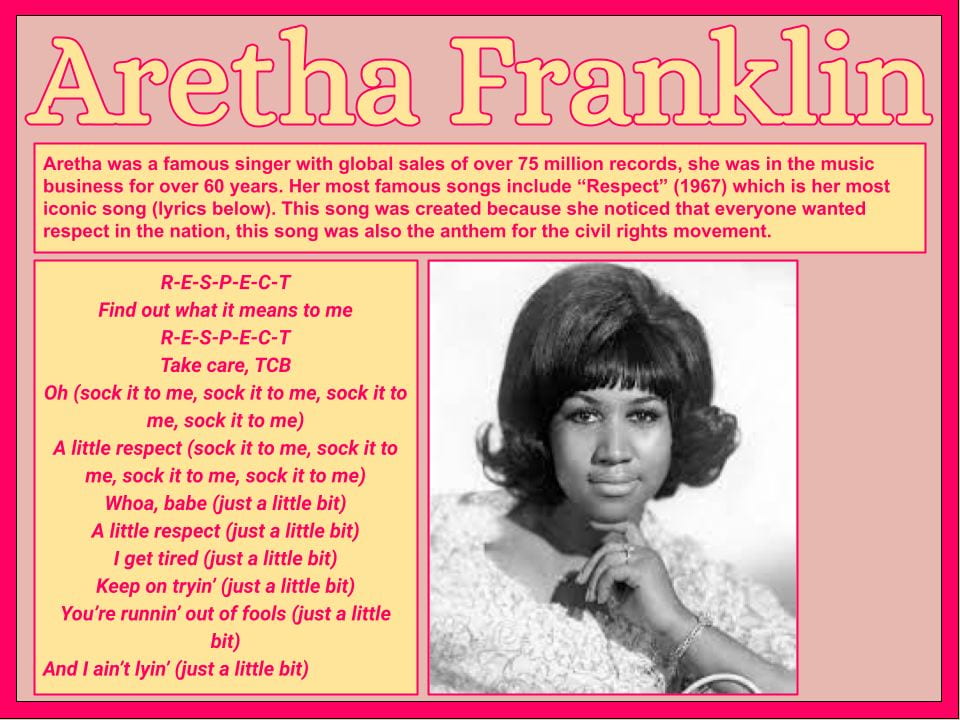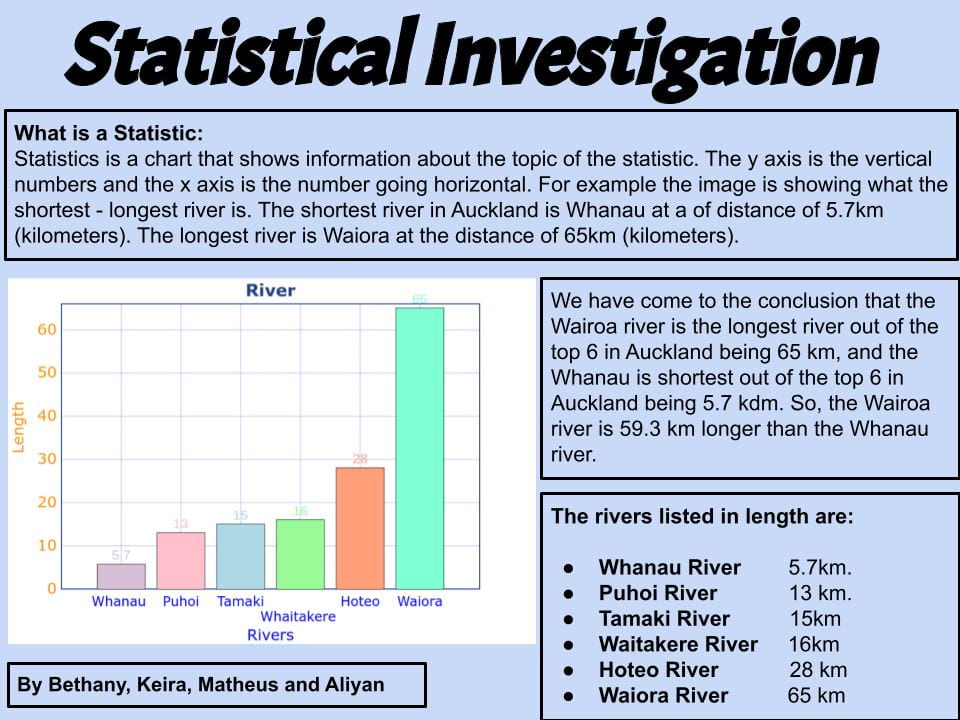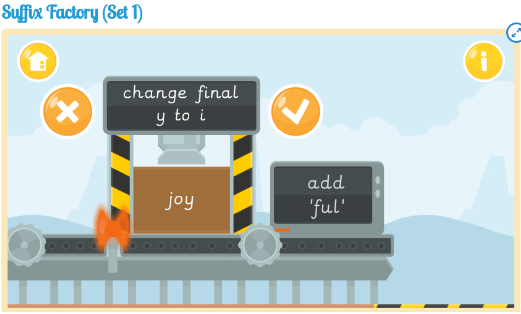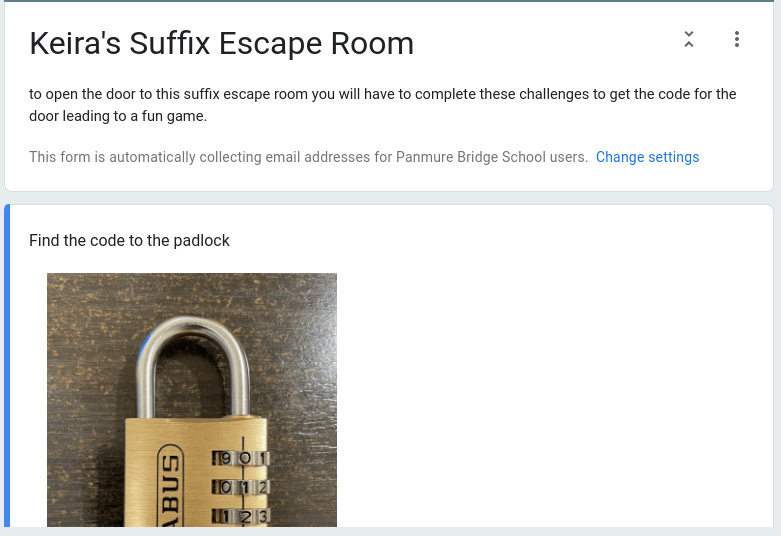
I completed this task so that I could achieve a CARE award in order to get a badge. For this task I needed to research about Aretha Franklin’s song RESPECT.
Aretha Franklin is a famous singer who was in the music buisness for over 60 years. One of her most famous singles RESPECT. Aretha Franklin created because she noticed that everybody wanted and needed respect. This song was noticed by many people and became an anthem for feminism and civil rights.
I enjoyed this task becasue I got to learn how a song can change society and make a better changes in the world. I found this inspiring on why and how this song became an anthem for feminism and civil rights.




